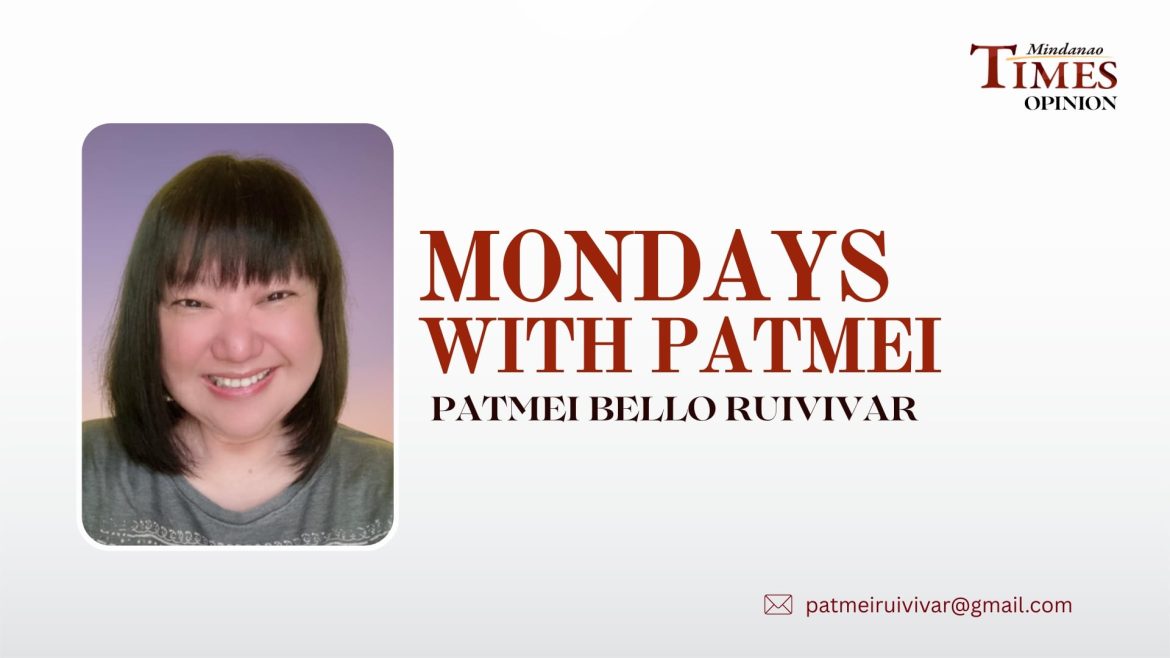It’s Kadayawan Festival season and it is when tourism and culture closely intersect. This dynamic relationship can promote exchanges that enrich both tourists and host communities. But it also presents challenges related to authenticity, equity, and sustainability.
Davaoeños must collectively reflect on this question: Can this festival promote cultural and social empowerment or does it run the risk of “freezing local identities in an artificial performance”?
This was the heart of the debate during a recent gathering of experts and practitioners at the International Social Tourism Organization (ISTO) session on fair trade and community tourism last February 25, 2025.
“We must not turn our cultural village into a “human zoo” where our indigenous groups are forced to perform simplified versions of their culture for tourist photos and reels. Our tribal communities can share their daily lives with visitors without resorting to artificial staging. Because when traditions become commodified performances, cultural erosion happens.”
Tourism enriches culture as it facilitates cross-cultural understanding through immersive experiences that showcase our cultural festival, arts and crafts, and local performing arts fostering global dialogue while boosting our local economy.
The challenge lies in what they call folklorisation and vitrification.
Folklorisation is the the process through which “local cultures are simplified, frozen, or staged to meet tourist expectations, often distorting their true meaning and harming their transmission.”
Vitrification, on the other hand, is the “museification of territories and cultures, freezing them in an idealized past, sometimes at the expense of contemporary evolution and the inhabitants’ aspirations.”
The case of Bali, Indonesia has often been made an example of folklorisation. In the 1970s, the Indonesian government implemented a policy of cultural tourism which aims to promote local culture while preserving its authenticity. ISTO notes that “over time, however, Balinese culture had adopted to visitors’ expectations, shaping a ‘tourist culture’ in which the most attractive elements were given pride of place.”
Our Kadayawan Cultural Village at Magsaysay Park is our local version of Nayong Pilipino where we showcase our 11 ethnolinguistic tribes in Davao in one space for visitors to get to know and interact with our multicultural community.
This has become a major tourist attraction in Davao City even beyond Kadayawan season. However, we need to ensure that all the communities are involved in the design, planning, operation, and revenue sharing. They must be co-creators of the park and that they give their Free, Prior, and Informed Consent (FPIC).
Now that we have the Office for Culture and the Arts under the City Mayor’s Office, there are plans to redesign the cultural village that will promote ethical consumption.
Indigenous scholars have argued that ethical consumption requires parks to be “by and for the communities — not about them.”
This means the tribal communities must co-design and control the management and operations of the cultural village and not just attend token consultations. In terms of economic flow, they must get at least 50 percent of revenues from tourism activities that showcase their culture.
Cultural commodification must also be avoided which means sacred symbols or practices should not become commercial products, especially without compensation to the cultural communities because it is their tribe’s cultural property. Commodifying sacred practices without context is not ethical.
Related to this is the issue of intellectual property. There are many cases of unauthorized use of cultural symbols. Indigenous knowledge and cultural expressions often get appropriated without compensation.
We must not turn our cultural village into a “human zoo” where our indigenous groups are forced to perform simplified versions of their culture for tourist photos and reels. Our tribal communities can share their daily lives with visitors without resorting to artificial staging. Because when traditions become commodified performances, cultural erosion happens.
Living culture must be promoted over static displays. Instead of stereotyped performances and “frozen” reenactments, dynamic practices such as arts and crafts workshops or learning to play indigenous musical instruments or perform a dance step are more respectful of the local culture.
To ensure indigenous ownership, the tribal communities themselves can co-manage, operate and design tours and tourist engagements around storytelling by tribal elders, cultural training workshops for visitors, and community awareness education programs.
Councilor Myrna Dalodo-Ortiz, the chair of the Committee on Tourism in the Davao City Council, announced during the Kadayawan media launch that they are in the process of amending and updating our Davao City Tourism Code. The Council also plans to pass an ordinance institutionalizing our Kadayawan Festival, making sure future generations of Davaoeños will remain true to its roots and vision.
Perhaps, this is the time when Davaoeños can collectively reflect on how we can balance tourism promotion and cultural preservation.
We can probably consider creating cultural intellectual property frameworks wherein we can register sacred symbols and traditions under local law so that legal safeguards are in place against cultural appropriation. We can also promote self-representation where we let the communities control the narratives and tell their stories themselves.
We can also establish Visitor Codes of Conduct and have a mandatory pre-visit orientation for tourists. That way, visitors to Davao not only do touristy stuff, they also get an education.
Empowering tourism practices are those that prioritize community agency, equitable benefits, and cultural integrity. By promoting these principles, we transform tourism from extraction to collaboration; from exploitation to empowerment.
If we really love our city, celebrating and honoring our cultural heritage must be an everyday practice all year round among Davaoeños, not just during Kadayawan.



